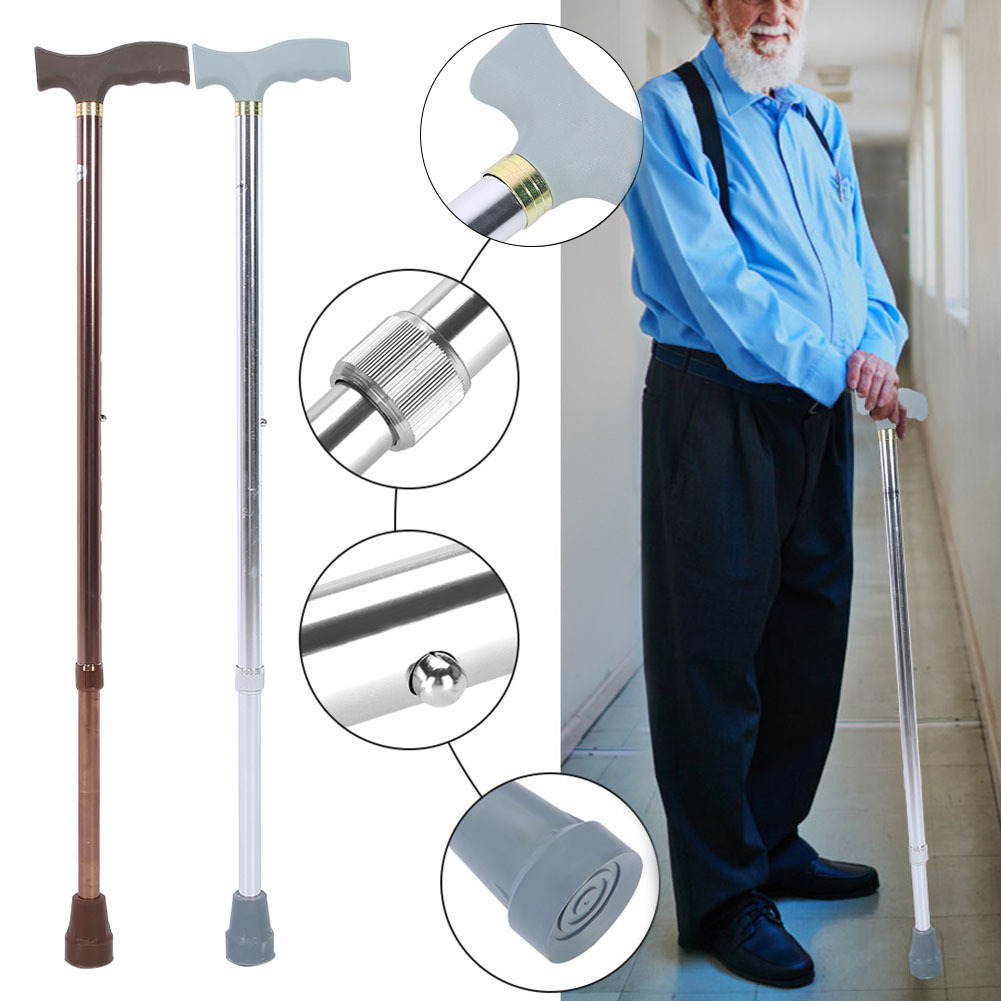كم تبلغ قيمة العكازات

Mobility aids have become indispensable tools for individuals facing temporary or permanent mobility challenges due to injuries, surgeries, or chronic health conditions. These aids, which include canes, walkers, crutches, and scooters, provide support, stability, and independence, helping users navigate their environments with confidence and safety. One of the most versatile and widely used mobility aids is the crutch, a tool that has evolved significantly over the years to offer better ergonomic support, materials, and adaptability to various user needs.
Mobility aids play a crucial role in injury prevention and rehabilitation by assisting users in maintaining balance, alleviating pain, and reducing the risk of falls and further injuries. For those recovering from leg injuries or surgeries, crutches are often a preferred choice. They are portable, relatively easy to use, and provide a balance between support and mobility. The evolution of crutches has focused on improving user comfort and safety, with modern designs featuring materials like lightweight aluminum and ergonomic handgrips to enhance the user experience.
For distributors, wholesalers, and procurement professionals, understanding the features and correct usage of mobility aids, particularly crutches, is essential. This knowledge allows them to better serve their clients by recommending the most appropriate products, providing usage tips, and understanding customer needs and preferences. Whether the client is a healthcare provider, a retail pharmacy, or a direct-to-consumer business, having a deep understanding of these aids can significantly enhance service quality and customer satisfaction.
The correct usage of a crutch is vital for safety, comfort, and injury prevention. An improperly used crutch can lead to discomfort, imbalance, and even additional injuries, negating the benefits of the aid. It is crucial to select the right type of crutch based on the user’s specific needs, such as their weight, height, and the nature of their mobility issue. Crutches come in various types, including underarm crutches, forearm crutches, and platform crutches, each with its unique features and benefits.
Choosing the right crutch involves several considerations to ensure it meets the user’s needs. Distributors and professionals should assess the type of support required, the duration of use, and the user’s physical capabilities. For instance, underarm crutches are generally used for short-term support, while forearm crutches are better suited for long-term use due to their ergonomic design and reduced strain on the underarms.
Before using a crutch, it is essential to ensure it is the correct size and properly adjusted for the user. This involves adjusting the crutch’s height so that the top is about 1-2 inches below the user’s armpit and the handgrip is at wrist level when their arm is hanging down. The crutch tip should also be in good condition and provide a non-slip grip on the floor. Once the crutch is correctly adjusted, the user can begin using it to assist with walking.
To walk with a crutch, the user should hold the handgrip with their injured hand and place the crutch on the ground next to the foot of their injured leg. They should then lean on the crutch, using their strong leg to take a step forward. The crutch on the other side is then brought forward to repeat the process. It is important to maintain a steady and even pace to avoid losing balance.
Navigating different terrains and environments, such as stairs or uneven surfaces, requires careful attention and technique when using a crutch. On stairs, the user should first secure their position before moving their crutch and injured leg to the next step, followed by their strong leg. On uneven surfaces, they should move slowly and ensure the crutch tip is stable before putting weight on it.
Sitting down and standing up with a crutch also involves specific steps to maintain balance and safety. When sitting, the user should approach the chair until its back touches their legs, place the crutch on the ground next to their injured leg, and use their other hand to support themselves on the chair before lowering themselves down. Standing up involves reversing this process, using the crutch and their strong leg to push themselves to a standing position.
Users of crutches should adhere to safety tips to prevent falls and other injuries. These tips include keeping the crutch tip clean and dry to ensure good traction, wearing non-slip shoes, and avoiding carrying heavy objects that could throw off their balance. Regular maintenance of the crutch, such as checking for wear and tear, is also important to ensure it remains safe to use.
Common mistakes to avoid when using a crutch include setting the crutch at the wrong height, which can lead to poor posture and discomfort, and leaning too heavily on the underarm support instead of the handgrip, which can cause nerve damage. Users should be educated on the correct usage techniques to avoid these and other potential errors.
Training and supporting clients, especially distributors, wholesalers, and procurement professionals, is key to ensuring they understand how to use crutches correctly and can pass this knowledge on to the end-users. This can involve providing them with training materials, live demonstrations, and after-sales support to address any questions or issues they may have.
In conclusion, mobility aids such as crutches are essential for individuals with mobility challenges, offering them support and independence. Correct usage is critical for these aids to be effective and safe. As distributors, wholesalers, and procurement professionals, having a thorough understanding of these aids and the ability to guide clients in their use is invaluable. By doing so, they can ensure their clients are well-informed, their needs are met, and ultimately, that the end-users are safe and comfortable in their use of mobility aids.
